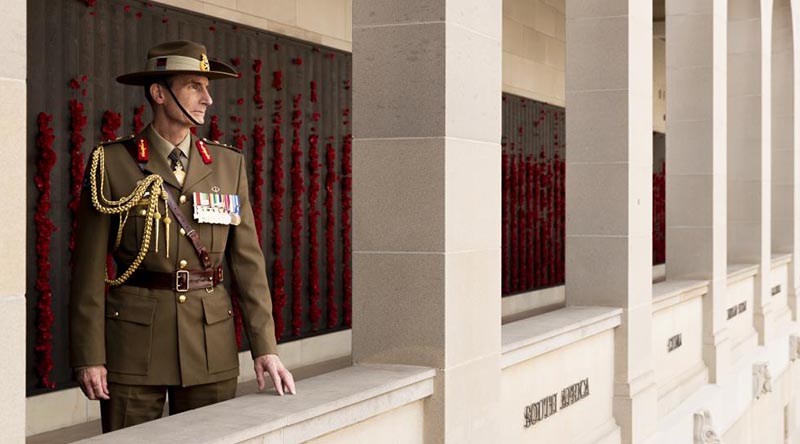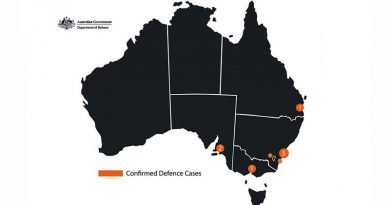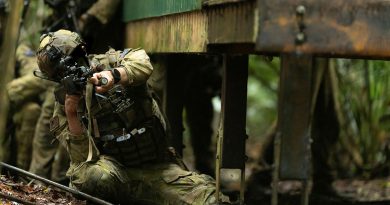CDF reflects on the ‘lost boys’ of WWI

“This Remembrance Day, in the midst of a difficult year, people around the world shared in a moment of silence.
At 11am on November 11, 1918, the guns on the Western Front fell silent.
After four years of devastating warfare, WWI had ended.
We commemorate this moment with a minute of silence. This silence also commemorates the ends of wars since, and those who have fallen in service of their country.
During that silence, many of us may have thought of those ‘undone years’; the high cost of war.
In the midst of a global pandemic, we may also have thought of the Spanish Flu in 1918 that quickly compounded the miseries of war.
This year, my thoughts are drawn to the ‘lost boys’ – the underage Australians who fought in WWI.
During that conflict, thousands of Australian and New Zealand boys lied about their ages and enlisted.
Many of them remained young forever.
Soldiers like Pte Miller Maffaking Fergusson, who was a labourer from South Australia. He was 16 years and four months old when he signed up. He died of his wounds eight months later, near the Somme Valley. He was survived by his brothers Thomas and William. There is little more to his story, cut short before he had a chance to truly begin it.
Or Pte Hugh Brian O’Donnell, who likely had his parents’ blessing to enlist when he was just 16 years and two months old. Joining up in Kalgoorlie, he was known as Hughie to his mates. He was assigned to the 11th Battalion at Gallipoli on May 7, alongside men from his hometown, like his commander, Capt Raymond Leane. Five days later, he was killed by a shrapnel blast. It was Capt Leane’s solemn duty to write to Hughie’s parents, Jack and Lily, with the heartbreaking news.
More than 1000 Indigenous Australians fought in WWI. This included boys like Pte Rufus Gordon Rigney, who was just 16-and-a-half. He enlisted with his older brother, Cyril. Both were tempted by a steady wage after a tough beginning to life. Their enlistment had to be approved by the Chief Protector of Aborigines who, at the time, controlled almost all aspects of their lives. Rufus served in the 32nd Battalion, and barely saw his brother once they were in France. At Ypres, during an attack on the Passchendaele Ridge, Pte Rigney assisted a fellow soldier, fallen in No Man’s Land, and was killed.
Many of our ‘lost boys’ made it home, scarred but alive.
Some of our ‘lost boys’ were girls – like Maud Butler, who put together a ramshackle collection of khaki clothes, cut her hair short and twice leapt aboard Egypt-bound troop ships, before being caught and brought home.
But many remained lost. And many have been lost since.
That is why, for me, the silence on Remembrance Day is a sad and mournful one.
It is a time to reflect on the bright futures of boys, girls, men and women who were never to be.
Many of us are parents, and see heart-rending youth in their faded photos of a century past.
This year, as we all reflect on a year that wasn’t meant to be, think also of that greater loss suffered by our first generation of Anzacs and their families.
In this year’s moment of silence, let us honour the memory of those we never had the privilege of meeting. And remember to be friends to one another.
Lest we forget.”
Chief of Defence Force
General Angus Campbell
At the Australian War Memorial
Photo by Jay Cronan
11-11-2020
.
.
.
.
.
.

.
.





